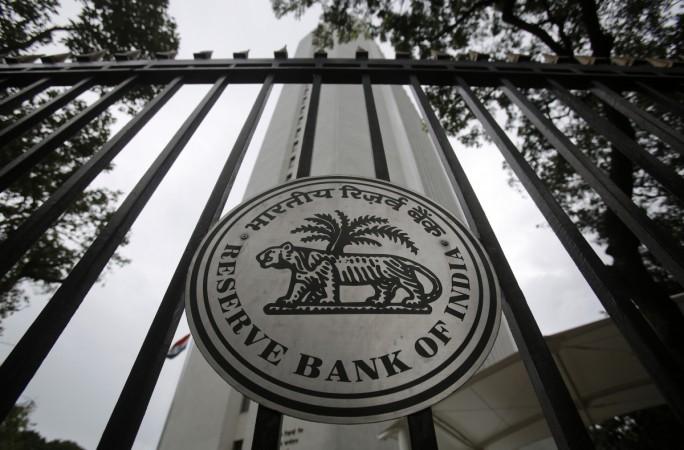
While changes to the regulatory framework helped banks improve recovery of stressed assets during the last financial year, a massive jump in banking frauds raised all-round concern.
Reserve Bank of India (RBI) data show that the Insolvency and Bankruptcy Code (IBC) and amendments to the Securitisation and Reconstruction of Financial Assets and Enforcement of Security Interests (Sarfaesi) Act helped massive recoveries, during FY18.
In the fiscal year that ended in March 2018, banks recovered bad loans worth Rs 40,400 crore compared with the Rs 38,500 crore recovered in FY17, said the first report after Shaktikanta Das took over as RBI governor.
However, a massive 72 percent jump in banking frauds, which rose to Rs 41,200 crore in the 2017-2018 financial year ignited regulatory worries. The figure for the previous year was Rs 23,900 crore. An RBI report showed that the jump was mainly on account of the Rs 14,000-crore Punjab National Bank (PNB)fraud.
The number of cases was 5,917 cases in 2017-18 against 5,076 cases in the previous year, marking a 16.5 percent rise.
"Incidentally, large value frauds involvingRs 50,000 crore and above constituted about 80 percent of all the frauds during the year," said the RBI.
During the year, the lenders used the Insolvency and Bankruptcy Code (IBC), Sarfaesi Act, debt recovery tribunals (DRTs) and Lok Adalats for recovery.
IBC helped banks recover Rs 4,900 crore worth bad loans, the amount recovered through Sarfaesi was Rs 26,500 crore in FY18, said the report, Trends, and Progress of Banking in 2017-18.
"Apart from vigorous efforts by banks for speedier recovery, amending the Sarfaesi Act to bring in a provision of three months' imprisonment in case the borrower does not provide asset details and for the lender to get possession of the mortgaged property within 30 days, may have contributed to better recovery," the report said.
However, a decline in the recovery through Lok Adalats and DRTs alongside the number of cases referred indicated the growing clout of the IBC mechanism for resolution of stressed assets.
The average recovery through IBC is greater than other mechanisms and is also improving gradually, pointing to the need and efficiency of such a channel, the central bank said.











